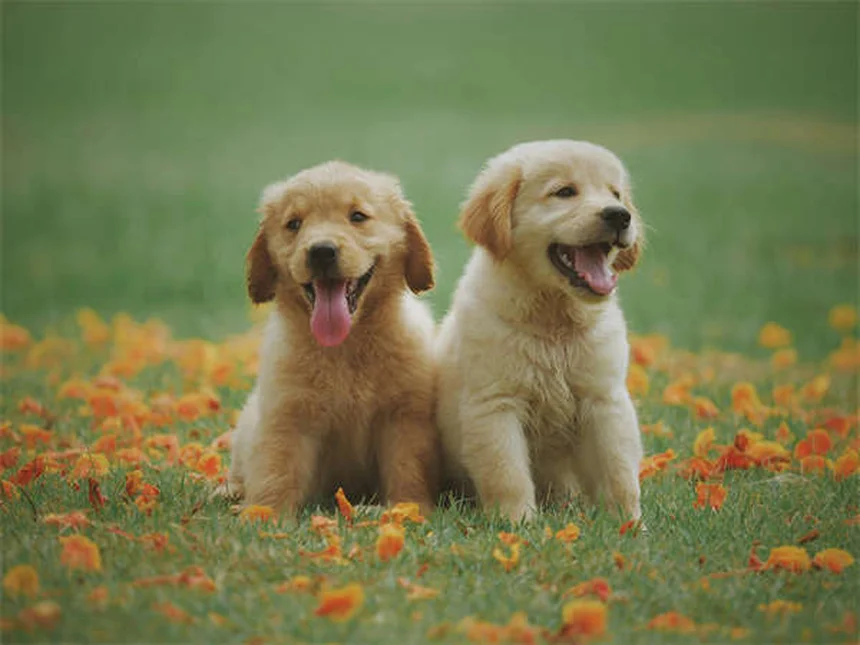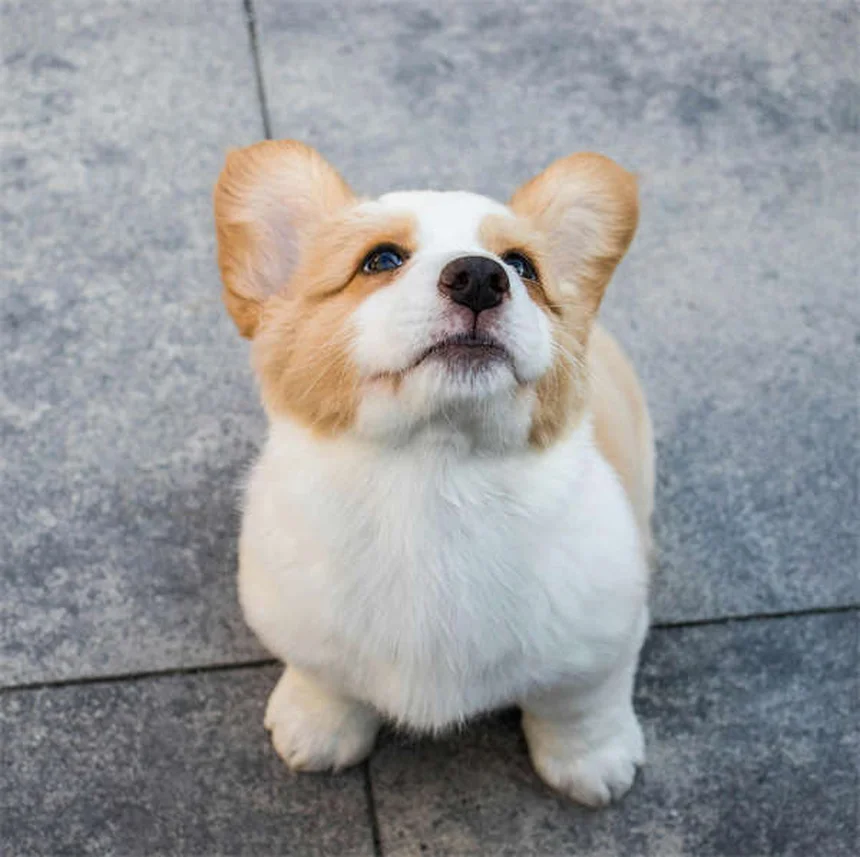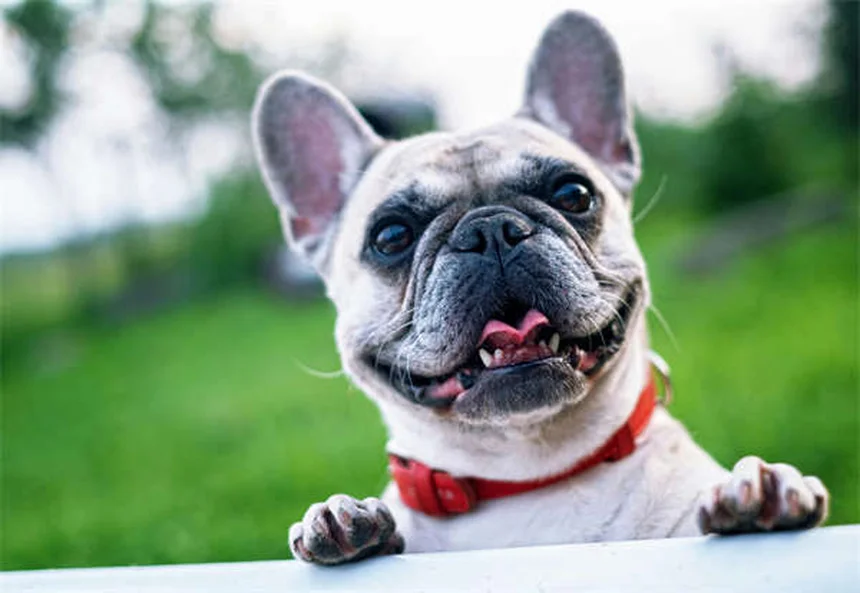Why does my dog pee when excited? The answer is simple: your pup literally can't contain their joy! Just like toddlers who wet themselves when laughing too hard, young dogs often lack full bladder control during moments of high excitement. The good news? With the right approach, you can help your furry friend overcome this common (and messy) behavior.As a dog owner who's dealt with this firsthand, I can tell you that excitement peeing typically happens with puppies and young dogs under one year old. Their little bodies get so overwhelmed with happiness when you come home or during playtime that - whoops! - there goes the bladder. But don't worry, we've got five proven methods to help manage this behavior that I'll walk you through in this guide.The key is understanding that this isn't about disobedience - it's about physiology and emotion. Your dog isn't trying to be bad; they're just too happy for their own good. With patience and consistent training, most dogs outgrow this phase as they mature. Let's dive into the solutions that actually work!
E.g. :Yersinia in Chinchillas: Symptoms, Treatment & Prevention Tips
Advertisement
- 1、Understanding Why Dogs Pee When Excited or Scared
- 2、Mastering Excitement Peeing Solutions
- 3、Tackling Submissive Peeing Head-On
- 4、Preventing Accidents Before They Happen
- 5、Expanding Your Dog Training Knowledge
- 6、The Role of Nutrition in Behavior
- 7、Understanding Breed-Specific Tendencies
- 8、The Human Factor in Dog Training
- 9、FAQs
Understanding Why Dogs Pee When Excited or Scared
The Science Behind Canine Excitement Peeing
Picture this: you walk through the door after a long day, and your hyperactive puppy comes barreling toward you with tail wagging at warp speed. Before you can say "good boy," there's a puddle forming at your feet. Sound familiar? This is what we call excitement peeing, and it's more common than you might think!
Young dogs, especially those under a year old, often struggle with bladder control when their emotions run high. Their little bodies just can't contain all that joy! Think of it like when you were a kid and laughed so hard you nearly wet your pants - same concept, just furrier. The good news? Most pups outgrow this phase as they mature and gain better control over their bodily functions.
Spotting the Difference Between Excitement and Submission
Now, here's where it gets interesting. Did you know there's actually two distinct types of emotional peeing in dogs? While excitement peeing comes from pure joy, submissive peeing stems from fear or anxiety. How can you tell which is which?
Let me break it down for you with this handy comparison table:
| Behavior | Excitement Peeing | Submissive Peeing |
|---|---|---|
| Body Language | Tail high, whole body wagging | Tail tucked, ears back |
| Common Triggers | Owner coming home, playtime | Being scolded, meeting strangers |
| Typical Age | Mostly puppies | Any age |
Mastering Excitement Peeing Solutions
 Photos provided by pixabay
Photos provided by pixabay
Creating a Pee-Friendly Routine
Here's a question you might be asking: "Why does my dog seem to pee more when excited than when actually needing to go?" Great question! The answer lies in their bladder control. When dogs get super excited, their muscles relax involuntarily - including those controlling their bladder.
The solution? Frequent bathroom breaks. I recommend taking your pup out:
- First thing in the morning
- After meals
- After naps
- Before and after play sessions
- Right before bedtime
The Art of Canine Chill Time
Ever seen a dog that just can't seem to settle down? We've all been there! Teaching relaxation skills is crucial for managing excitement peeing. Start with short, 5-minute sessions where you reward calm behavior with treats and gentle praise.
One technique I swear by is the "settle" command. Here's how it works:
- Wait for a naturally calm moment
- Say "settle" in a soft voice
- Place a treat between their paws
- Repeat daily until they associate the word with calmness
Tackling Submissive Peeing Head-On
Reading Your Dog's Body Language
Have you ever noticed your dog suddenly peeing when you reach to pet them? This is classic submissive behavior. Dogs do this to say, "Hey, I'm no threat - please don't hurt me!" It's their way of avoiding conflict.
Common submissive signals include:
- Rolling onto their back
- Licking their lips
- Averting eye contact
- Tucking their tail
- Flattening their ears
 Photos provided by pixabay
Photos provided by pixabay
Creating a Pee-Friendly Routine
Here's another question I hear often: "How can I help my dog feel more confident?" The key is gradual exposure and tons of positive reinforcement. Start by identifying what triggers your dog's submissive response, then work on desensitizing them to it.
For example, if your dog pees when you reach for their collar:
- Start by just moving your hand slightly toward them
- Reward any calm response
- Gradually increase the movement over several days
- Eventually work up to touching their collar
Preventing Accidents Before They Happen
Setting Up for Success
Prevention is always better than cleanup! Here are my top tips for minimizing accidents:
- Keep cleaning supplies handy (enzyme cleaners work best)
- Use washable rugs in high-traffic areas
- Consider belly bands for male dogs during training
- Establish a consistent bathroom schedule
When to Seek Professional Help
While most emotional peeing improves with training, sometimes you need extra support. If you're not seeing progress after a few weeks of consistent effort, don't hesitate to contact a certified dog trainer or behaviorist. They can provide personalized guidance for your pup's specific needs.
Remember, every dog is different. What works for your neighbor's Labrador might not work for your Chihuahua. Stay patient, stay positive, and celebrate the small victories along the way!
Expanding Your Dog Training Knowledge
 Photos provided by pixabay
Photos provided by pixabay
Creating a Pee-Friendly Routine
You might be surprised to learn that dogs experience emotions similar to a 2-year-old human child. That's right - when your pup gets excited or scared, they're processing those feelings at about the same level as a toddler! This explains why they sometimes struggle with impulse control.
Recent studies show dogs can recognize up to 250 words and gestures, which means they understand more than we often give them credit for. When your dog pees from excitement, it's not just a physical reaction - it's their way of saying "I'm SO happy to see you!" in the only language they know.
Beyond the Basics: Advanced Training Techniques
Let's talk about some next-level training methods that can help with excitement and submissive peeing. Have you ever heard of capturing calmness? It's a game-changer!
Here's how it works in practice:
- Keep treats in your pocket throughout the day
- When you notice your dog being calm, quietly drop a treat near them
- No need to say anything - let them make the connection
- Over time, they'll seek out calm behavior to earn rewards
The Role of Nutrition in Behavior
Foods That Affect Mood and Bladder Control
Did you know your dog's diet could be influencing their peeing habits? Certain ingredients can either help or hinder their ability to stay calm. For example, foods rich in tryptophan (the same amino acid in turkey that makes you sleepy) can promote relaxation.
Here's a quick comparison of beneficial vs. problematic ingredients:
| Helpful Ingredients | Potential Triggers |
|---|---|
| Lean proteins (chicken, turkey) | Artificial colors and flavors |
| Complex carbs (sweet potatoes) | High sodium content |
| Omega-3 fatty acids | Excessive protein |
Hydration and Bathroom Habits
Here's something most dog owners overlook - water intake directly affects bladder control. A dog that drinks too much at once is more likely to have accidents when excited. Try offering smaller amounts of water more frequently throughout the day instead of one big bowl.
Pro tip: Monitor water intake about 2 hours before bedtime to reduce nighttime accidents. And remember - never restrict water during hot weather or after exercise!
Understanding Breed-Specific Tendencies
Small Dogs vs. Large Dogs: The Peeing Paradox
Ever notice how small breeds seem to pee more when excited? There's actually science behind this! Smaller dogs have higher metabolic rates and smaller bladders, making them more prone to excitement urination. Breeds like Chihuahuas and Dachshunds are especially known for this trait.
On the flip side, large breeds tend to have better bladder control but may show more submissive behaviors. It's fascinating how size plays into these reactions!
Working With Your Dog's Natural Instincts
Different breeds were developed for different purposes, and these instincts still influence behavior today. Herding breeds might circle before peeing, while hunting dogs may get distracted mid-stream. Understanding these tendencies helps you set realistic expectations.
For example, a Border Collie might need more mental stimulation to stay calm, while a Basset Hound might need extra patience with house training. Work with your dog's nature, not against it!
The Human Factor in Dog Training
How Your Energy Affects Your Dog
Here's a mind-blowing fact: dogs mirror our energy levels. If you come home shouting and moving quickly, your dog will match that excitement - potentially leading to accidents. Try entering calmly and ignoring your dog for the first few minutes until they settle.
I've seen cases where simply changing the owner's behavior reduced excitement peeing by 80% in just two weeks. It's amazing how much influence we have without realizing it!
Consistency Is Key (But Perfection Isn't Required)
Let's be real - nobody's perfect, and that's okay! The most important thing is maintaining general consistency in your approach. If you're relaxed about training one day and strict the next, your dog gets confused.
Think of it like learning a new language - occasional mistakes won't ruin the process, but regular practice makes perfect. Give yourself (and your pup) grace during the learning process!
E.g. :Why Dogs Pee When Excited or Scared | PetMD
FAQs
Q: How can I tell if my dog is excitement peeing or submissive peeing?
A: Great question! The difference comes down to body language. Excitement peeing happens when your dog is clearly happy - tail wagging wildly, whole body wiggling, maybe even some happy barking. They might pee while bouncing around or even mid-run. Submissive peeing, on the other hand, comes with scared body language: tail tucked, ears back, possibly rolling onto their back. Excitement pee is about overflowing joy, while submissive pee is about showing "I'm not a threat." If your dog pees when scolded or meeting new people, that's likely submission. If it's when you come home or during play, that's excitement.
Q: Will my dog outgrow excitement peeing?
A: Most dogs do outgrow excitement peeing as they mature, typically by 12-18 months old. Their bladder control improves and they learn to manage their emotions better. However, some high-energy breeds or particularly excitable dogs might continue this behavior longer. The key is consistent training to help them develop better control. Think of it like potty training - it takes time and patience, but nearly all dogs can learn with proper guidance. If your adult dog is still excitement peeing, it might be worth consulting a trainer to rule out other issues.
Q: What's the best way to clean up dog pee accidents?
A: As someone who's cleaned up many puddles, I swear by enzyme-based cleaners! Regular cleaners might remove the stain and odor to human noses, but dogs can still smell their previous accidents, which encourages repeat offenses. Enzyme cleaners actually break down the urine molecules completely. My pro tip: blot up as much as possible first, then soak the area with cleaner and let it sit for 10-15 minutes before blotting again. For carpets, you might need to repeat this process. Avoid ammonia-based cleaners as they can smell like urine to dogs and make the problem worse.
Q: Should I punish my dog for excitement peeing?
A: Absolutely not! This is crucial - punishment will only make the problem worse. Your dog isn't peeing on purpose, and scolding them will likely lead to submissive peeing instead. Imagine if you laughed so hard you peed a little (hey, it happens!), and someone yelled at you - you'd just get more stressed! Instead, stay calm and ignore the accident. Clean it up without fuss, and focus on prevention through more frequent potty breaks and training exercises that promote calm behavior. Positive reinforcement for desired behaviors works much better than punishment for accidents.
Q: How often should I take my excitable puppy out to prevent accidents?
A: The general rule is monthly age plus one - so a 3-month-old puppy can typically hold it for about 4 hours. But for excitement pee prevention, I recommend taking them out even more frequently! Here's my suggested schedule: first thing in the morning, after meals, after naps, after play sessions, and right before bedtime. Also take them out immediately when you come home (before the excitement builds too much) and before any expected exciting events like visitors arriving. Remember, an empty bladder can't make puddles! As your pup matures, you can gradually extend the time between potty breaks.
